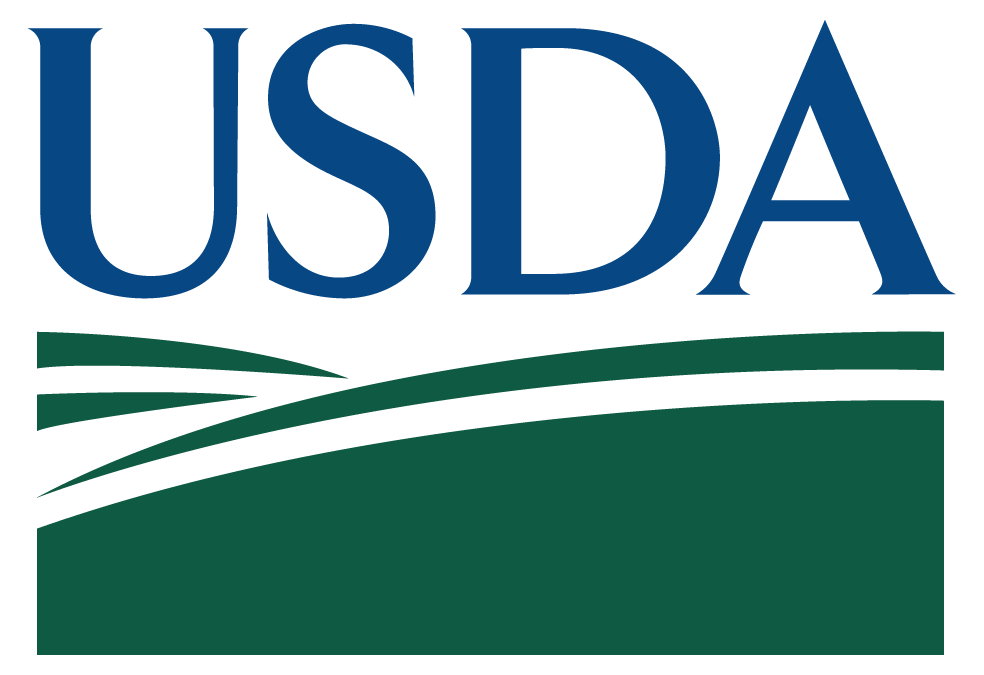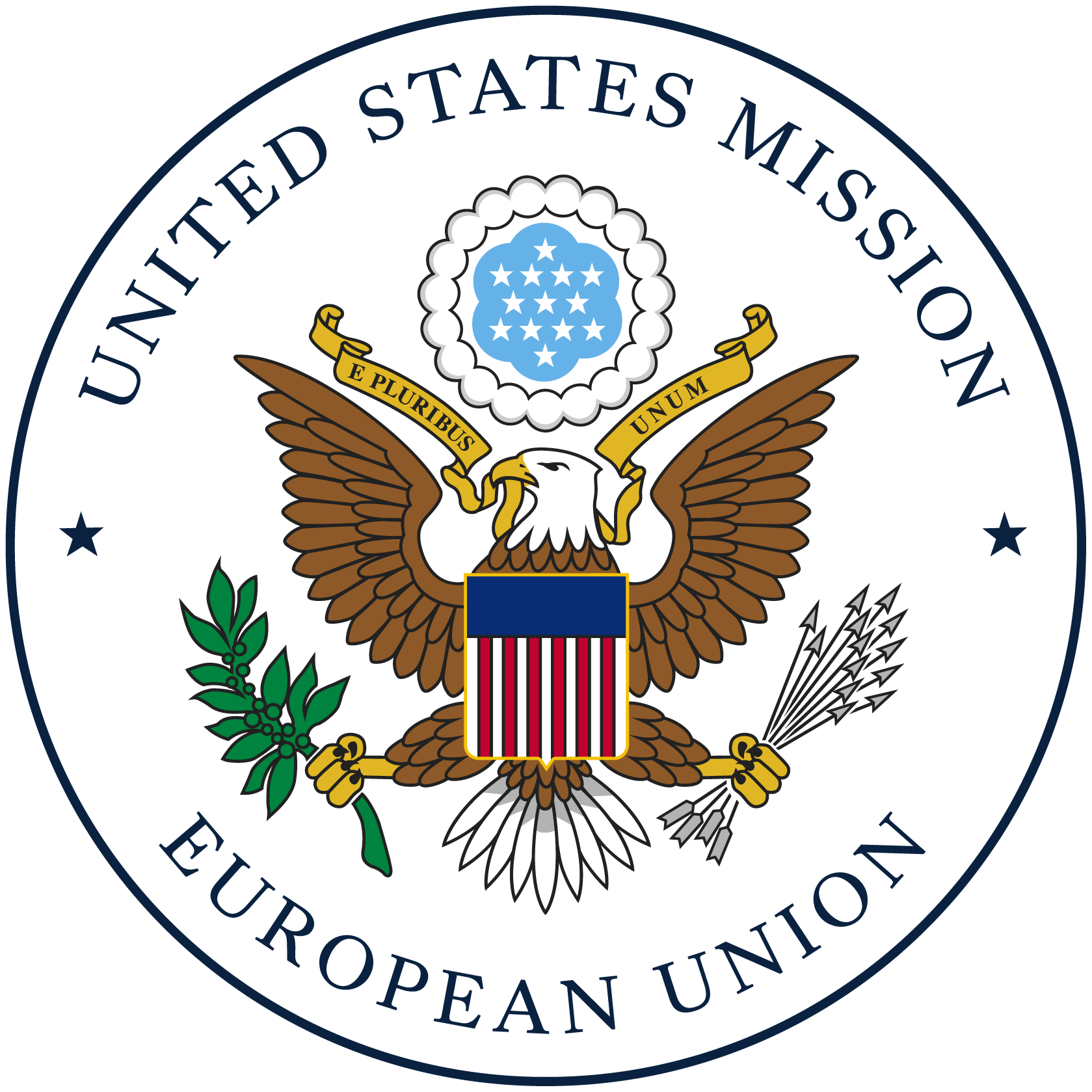In May 2020, the new European Commission, led by Ursula Von der Leyen, announced a fitness check of the European animal welfare legislation as part of its Farm To Fork Strategy for a more sustainable EU agriculture. In addition to this review, the Commission intends to consider an animal welfare labeling.
Background
European Community legislation on farm animal welfare dates back to 1974. Animal welfare principles were set out by the Protocol on the Protection and Welfare of Animals annexed to the Treaty of Amsterdam (1999) and were restated in Art 13 of The Treaty of Lisbon (2009). The Protocol recognizes that animals are sentient beings and stipulates that: “In formulating and implementing the Union’s agriculture, fisheries, transport, internal market, research and technological development and space policies, the Union and the Member States shall pay full regard to the welfare requirements of animals, while respecting the legislative or administrative provisions and customs of the Member States relating in particular to religious rites, cultural traditions and regional heritage.” When Member States fail to apply Community rules, the Commission may consider opening an infringement procedure under Article 226 of the Treaty
EU Platform on Animal Welfare
In January 2017, the EU agreed on installing a Platform on Animal Welfare. The platform members consist of representatives of public entities and civil society, including experts from academic and research institutes with expertise in animal welfare, animal welfare groups, as well as business and professional organizations. Its goal is to enhance better application of EU rules on animal welfare, to stimulate voluntary commitments by businesses to further improve animal welfare and to promote EU animal welfare standards to valorize the market value of the Union’s products at the global level
EU Reference Center for Animal Welfare
On 5th March 2018 the Commission designated a consortium formed by the Wageningen Livestock Research (the Netherlands), the Friedrich Loeffler Institute (Germany) and the Department of Animal Science at Aarhus University (Denmark) to serve as the first European Union Reference Center for Animal Welfare (Commission Implementing Regulation (EU) 2018/329). This first Center will focus on pig welfare since improving the enforcement of the legislation of pigs is one of the Commission’s priorities in the area of animal welfare. This Reference Center will be up for review every five years.

